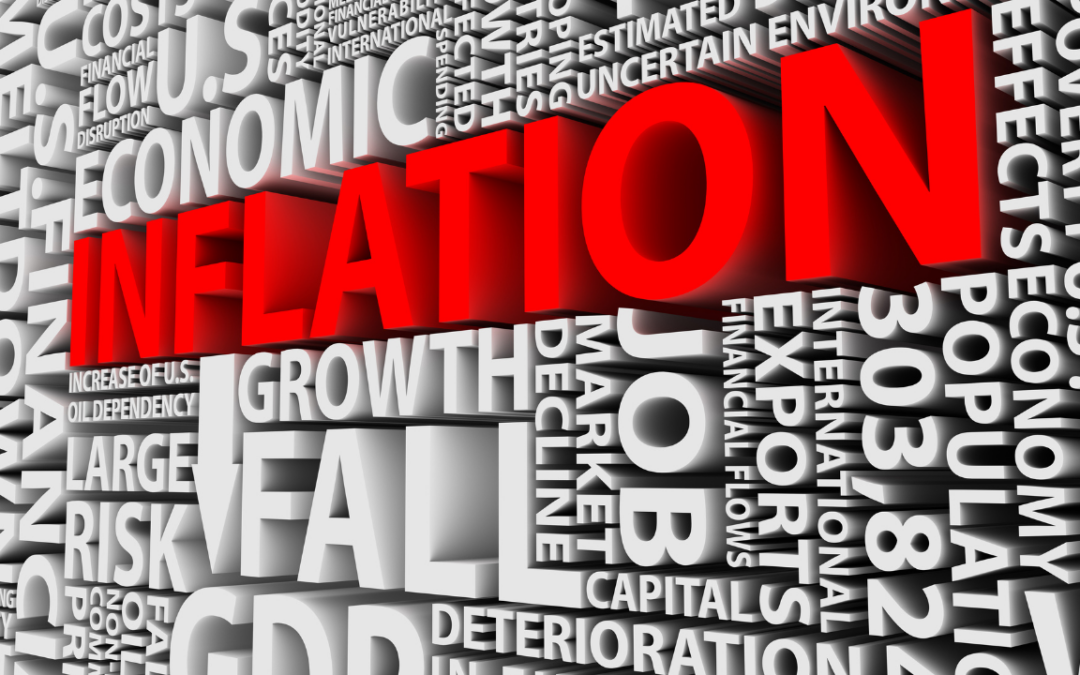In today’s consumer-driven society, it’s easy to fall into the trap of lifestyle inflation without even realizing it. Lifestyle inflation, also known as lifestyle creep, refers to the tendency for people to increase their spending as their income rises. While it’s natural to want to enjoy the fruits of our labor, unchecked lifestyle inflation can lead to financial stress and hinder long-term financial goals. In this blog, we’ll delve into the nuances of lifestyle inflation, its impact, and how to avoid falling victim to it.
Understanding Lifestyle Inflation
Lifestyle inflation occurs when individuals upgrade their standard of living in response to an increase in income. This can manifest in various ways, such as moving to a more expensive neighborhood, buying a larger house, purchasing luxury items, or dining out more frequently. While these changes may seem harmless, they can have a significant impact on one’s financial well-being over time.
The Impact of Lifestyle Inflation
One of the primary consequences of lifestyle inflation is the erosion of savings and investment potential. As individuals allocate more of their income towards elevated living expenses, they have less money available for saving, investing, and building a financial safety net. This can hinder progress towards important financial milestones, such as saving for retirement, purchasing a home, or funding education.
Additionally, lifestyle inflation can lead to a cycle of dependency on high income levels. People who become accustomed to a certain standard of living may find it challenging to adjust if their income decreases due to job loss, career change, or economic downturns. This can create financial vulnerability and increase stress levels.
Controlling Lifestyle Inflation
Recognizing and controlling lifestyle inflation is essential for maintaining financial stability and achieving long-term goals. One of the key strategies is to prioritize needs over wants and differentiate between essential expenses and discretionary spending. Creating a comprehensive budget that allocates funds towards savings and investments before discretionary expenses can help curb the urge to succumb to lifestyle inflation.
Another effective approach is to set clear financial goals and regularly reassess one’s spending habits in relation to those goals. By establishing specific targets for saving, investing, and debt reduction, individuals can maintain a disciplined approach to their finances and resist the temptation to inflate their lifestyle unnecessarily.
Practicing mindfulness and gratitude can help individuals find contentment and fulfillment without relying on material possessions or extravagant experiences. Embracing a minimalist mindset and focusing on experiences and relationships rather than material possessions can provide a sense of satisfaction that isn’t tied to excessive spending.
Lifestyle inflation is a pervasive phenomenon that can have detrimental effects on financial well-being if left unchecked. By understanding the nature of lifestyle inflation, recognizing its impact, and implementing proactive strategies to control it, individuals can safeguard their financial future and pursue a more balanced and sustainable lifestyle. Avoiding lifestyle inflation requires a conscious effort to prioritize long-term financial security over short-term indulgences, and it’s a journey that demands self-awareness and discipline. By taking proactive steps to control lifestyle inflation, individuals can achieve greater financial freedom and peace of mind.
Remember, recognizing the signs of lifestyle inflation and taking proactive measures to avoid its pitfalls can pave the way for a more secure and fulfilling financial future.


